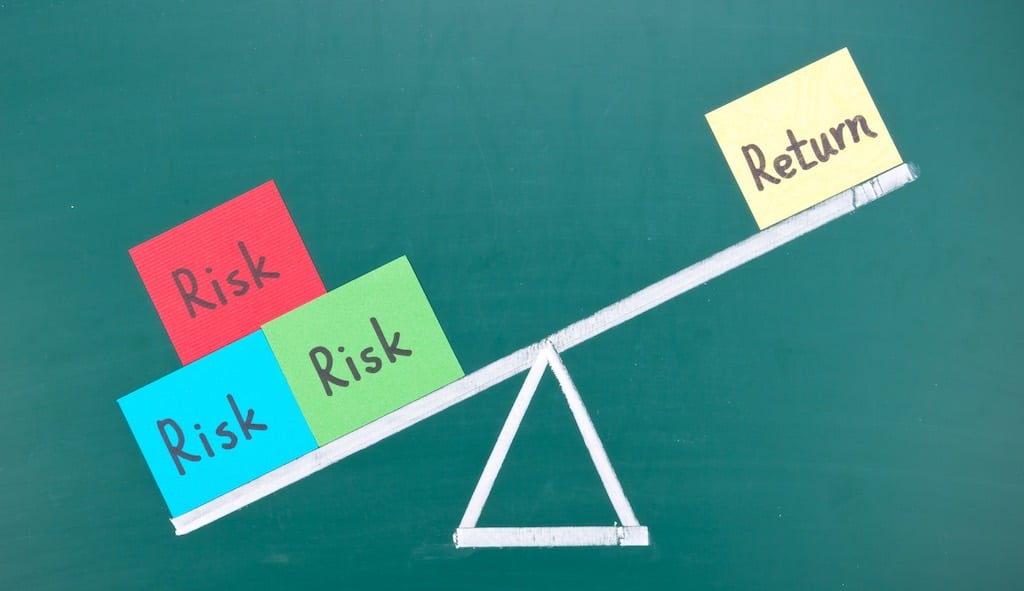Peer to peer lending is when individuals borrow and lend money to one another. Find out the basics of how peer to peer lending happens, what its benefits are and if you should consider giving it a try sometime. Peer-to-peer lending is a type of lending in which individuals borrow and lend money to each other without going through a traditional financial institution.
This type of lending is often done online through platforms that match lenders with borrowers. Peer-to-peer lending can be a good option for borrowers who may not qualify for a traditional loan from a bank or credit union. It can also be a good option for borrowers who are looking for a loan with more flexible terms.

There are many advantages of peer-to-peer lending, which is why it has become such a popular way to raise money. Perhaps the most significant advantage is that it allows borrowers to access funds that they might not otherwise be able to obtain. Another advantage of peer-to-peer lending is that it typically comes with lower interest rates than traditional loans.
This is because the risk is spread out among a group of lenders, rather than being shouldered by a single institution. Finally, peer-to-peer lending can provide a much-needed financial boost to small businesses and entrepreneurs. By pooling together a group of small investors, peer-to-peer lending can provide the capital necessary to get a business off the ground.
Peer-to-peer lending, also known as P2P lending, is a type of lending in which individuals borrow and lend money to each other without going through a financial institution.

